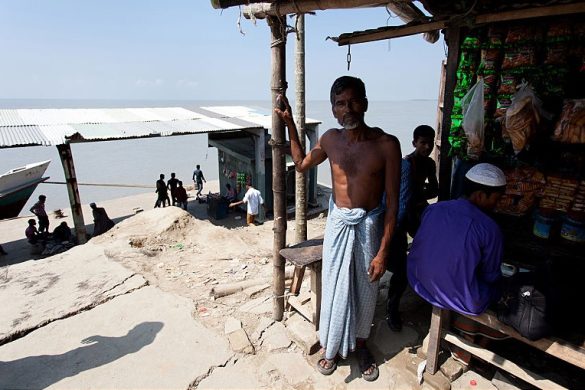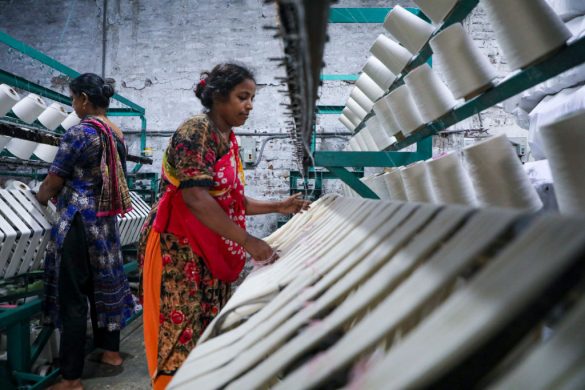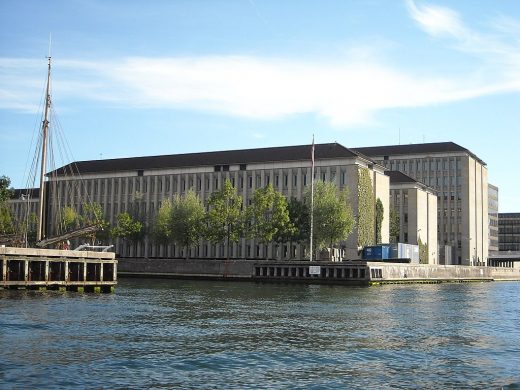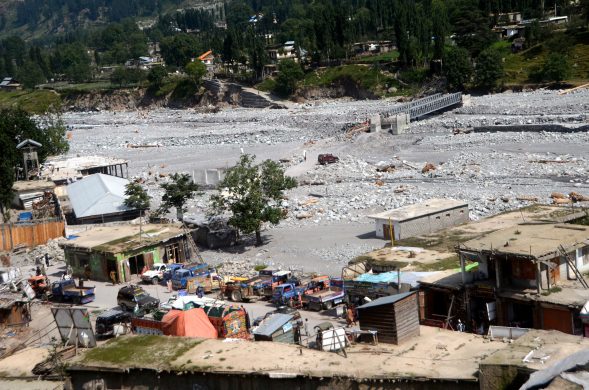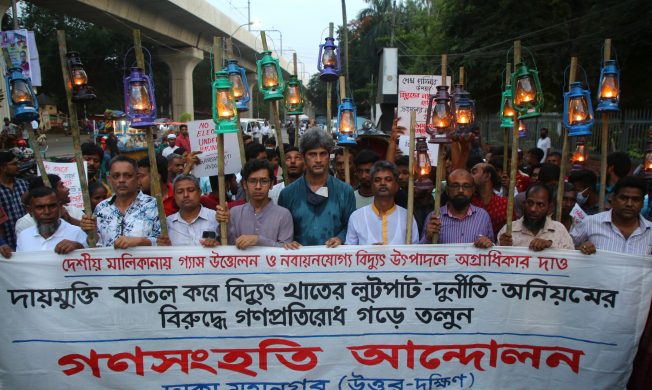The horror of worker deaths is overshadowing Eid celebrations in Bangladesh. Last weekend, a fierce fire ripped through a three-storey packaging factory and eventually caused the building to collapse. The death toll so far at Tampaco Foils Ltd is 33 workers, with dozens more injured. Before it was reduced to ruins, Tampaco counted Nestle in Bangladesh and British American Tobacco among its multinational clients.
Læs også: Bangladesh: Mindst 31 døde i fabriksbrand (12.09.2016)
The Bangladesh government has announced compensation for the victims and ordered an investigation. Criminal complaints have reportedly been filed, including against the factory owner, who is a former member of parliament.
But this latest disaster begs the question: how many more people need to die before Bangladesh finally tackles its unsafe factories?
The 2013 Rana Plaza building collapse, which killed more than 1,100 garment workers and injured 2,000 more, finally forced the Bangladesh government, international clothing brands, and Western governments to take some concrete action on worker safety.
The historic Bangladesh Fire and Building Safety Accord, signed by global unions and international apparel brands, created a new inspection system for fire and building safety with a degree of transparency previously unknown in the industry. Another initiative, the Alliance for Bangladesh Worker Safety, was led mostly by American brands. These initiatives were an acknowledgment not just of the Bangladesh government’s failure, but also serious gaps in the due diligence of multinationals, which often rely on third party auditing.
But Rana Plaza was not enough of a wake-up call. Even today, many international brands have not signed up to the Accord or the Alliance. So workers in the many factories not part of such initiatives rely on the Bangladeshi labor inspectorate and third party auditors to sound the alarm over dangerous working conditions.
Following the Tampaco fire, a spokesperson for Nestle wrote to Human Rights Watch saying that a third party auditor visited Tampaco factory in 2011 and that “[a]ll of the findings relating to health and safety were rectified by the time of a follow up inspection in December 2012.” British American Tobacco did not respond to Human Rights Watch’s specific questions about when and by whom they had the factory last inspected.
It will take strong resolve from the government and multinational companies to make Bangladesh’s factories safer. But Tampaco once again forces everyone concerned to confront the elephant in the room: whether third party audits are an effective model of ensuring safe conditions, or merely a fig leaf.
Aruna Kashyap er seniorrådgiver i Human Rights Watch’ Women's Rights Division



